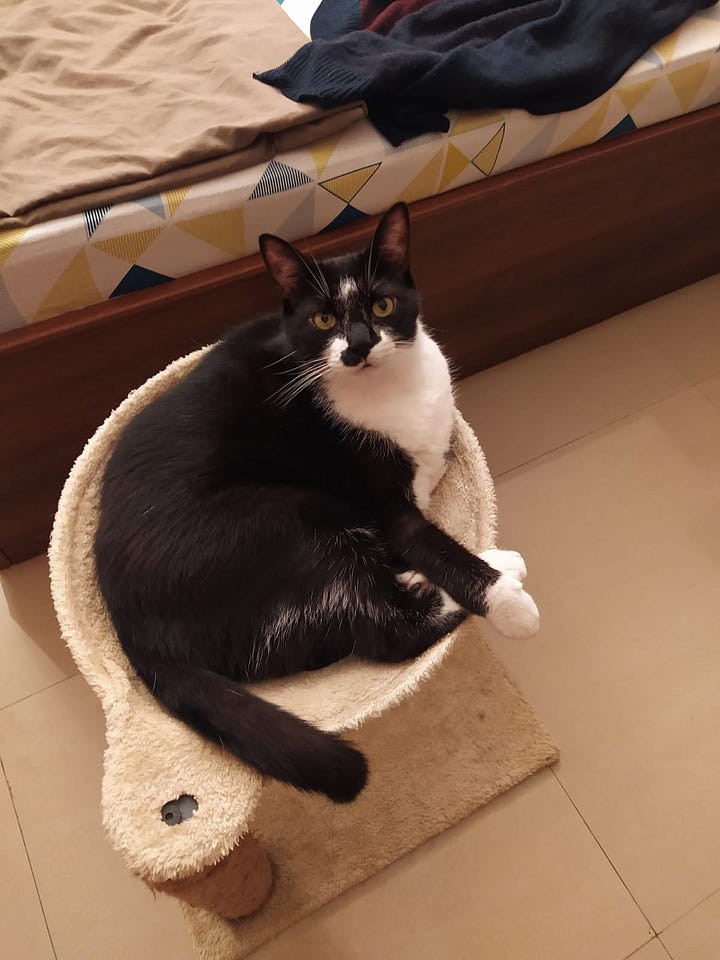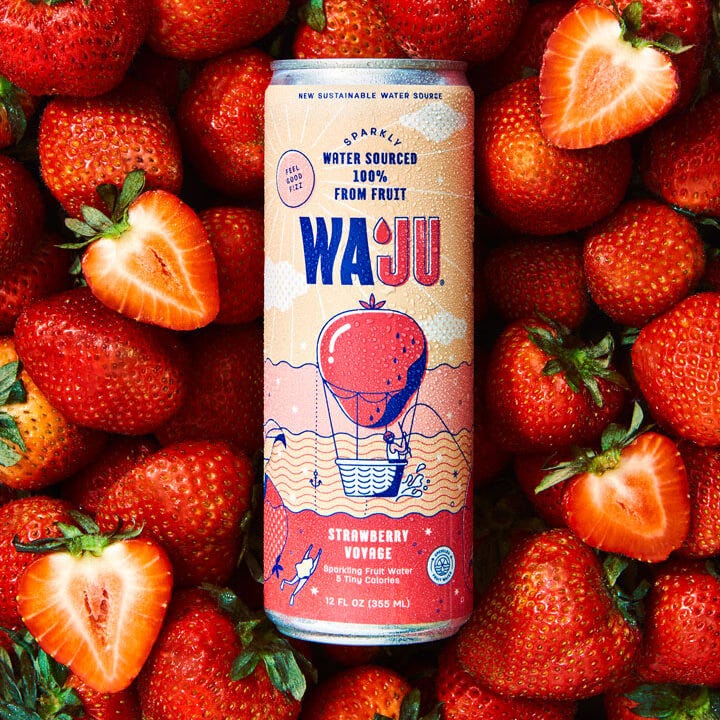From Brakes to Batteries: Barcelona's Electrifying Innovation
How Subway Friction is Powering a Green Revolution
Today’s eco snapshot👇🏽
From Brakes to Batteries: Barcelona's Electrifying Innovation
Startup of The Week: WAJU
5 Sustainable Brands I Recently Discovered
News That Lifted My Spirits This Week
3 Ways I Can Support Your Sustainability Journey
⚡️ From Brakes to Batteries: Barcelona's Electrifying Innovation
Metro or subway systems are an excellent way to navigate cities. They're fast, affordable, and sustainable.
However, these trains still rely on electricity. Ideally, this power would come entirely from renewable sources like solar and wind, but that's not yet the reality. Much of it still originates from coal and natural gas.
While the world transitions to more sustainable energy sources, Barcelona's transit operator has devised an innovative solution.
Every time a train stops, it generates friction. This friction produces energy that's typically lost as heat.
But what if we could capture this energy and convert it back into electricity?
That's precisely what the city's main transit operator, Transports Metropolitans de Barcelona (TMB), is doing. This process, known as regenerative braking (also found in EVs and hybrid vehicles), allows the recovered energy to be converted back into electricity. It is then fed through inverters and distributed throughout the subway system.
This can be used to power trains, run stations, and supply electricity to EV chargers.
Once TMB installs the 13 planned inverters, 41% of the energy needed to power the trains will come from the trains themselves.
And here’s the best part: other cities are showing interest in this too.
From New Delhi to New York, TMB is sharing its expertise so that other subway systems can replicate that and run their trains using this sustainable source of energy.
⌛ Time for the quiz of the week
This country has become a world leader in solar heating. The residents here basically get free hot water.
Answer at the end of the newsletter. No one (including me) can see your response so feel free to vote 😉
✨ Startup of the week: WAJU
While the sparkling water market is growing, the world is looking at a water shortage. This beverage brand has found a solution to tackle this problem 🍉
Sparkle Struggle…The global sparkling water industry is booming. Valued at $34 billion in 2022, it's expected to more than double by 2030. But there's a catch: the industry relies on freshwater to grow. Meanwhile, the world faces a looming water crisis. Experts predict that within the next decade, 40% of the global population will experience water scarcity. This raises a crucial question: can we justify continuing to tap underground water reserves for sparkling water?
Fruitful Solution…That's where WAJU comes in. It has discovered a new water source: fruits. Fruits consist of 90% water, but much of it is discarded by juice companies that make concentrates. In the US alone, this amounts to 700 million gallons every year—equivalent to about 1,500 Olympic-sized swimming pools.
Sparkling Upcycle…WAJU partners with juice companies to save and upcycle this discarded water, turning it into sparkling fruit water. This innovative approach conserves overpumped groundwater resources while putting fruit water to good use. WAJU's ambitious mission is to save 800 million liters of water annually by 2030.
✅ 5 Sustainable Brands I Recently Discovered
AeroShield: Creating energy-efficient windows.
Sufresca: Edible coatings that keep the fruits and vegetables fresh for longer.
atmio: Detecting and tackling methane emissions.
Gud Gum: A planet-friendly alternative to chewing gums.
AmorSui: Making washable, recyclable, and more sustainable PPE kits.
😹 News That Lifted My Spirits This Week
👀Methane Monitoring…The state of Colorado in the US, is taking a groundbreaking step in environmental protection with its new landfill methane monitoring program. Funded by a $129 million EPA grant, the state will deploy cutting-edge technology to detect methane emissions from its 80 landfills, addressing a major source of this potent greenhouse gas. This initiative could set a precedent for other states, potentially revolutionizing how landfill emissions are monitored and controlled across the country.
🚢 Sail of the Century…In a groundbreaking voyage, the world's largest wind-powered cargo ship recently completed its maiden transatlantic journey, delivering a spirited cargo of French libations to New York. This innovative vessel, designed by the French startup TOWT (TransOceanic Wind Transport), marks the first time in nearly 100 years that a large cargo ship has crossed the Atlantic relying almost entirely on wind power. TOWT believes this eco-friendly approach could give traditional fossil fuel-powered container ships a run for their money, potentially ushering in a new era of sustainable maritime transport.
💦H2-Oh So Smart…Singapore, a nation with no natural freshwater sources, has turned the tide on water scarcity through innovative management. Their "four national taps" strategy, which includes imported water, desalination, local catchment, and wastewater recycling, has positioned them as a global model for water security. By 2061, Singapore aims to achieve water self-sufficiency, demonstrating how strategic planning and technology can keep a country afloat in the face of climate change-induced water challenges.
💁🏼 3 Ways I Can Support Your Sustainability Journey
Do you want to be featured in this newsletter and on LinkedIn, where I write impactful stories every day? Submit your story
If you’re a planet-friendly brand, I can help you with your blogs, newsletters, case studies, and whitepapers. Here’s some of my recent work (Booking for March 2025 onwards)
If you would like to chat about anything related to sustainability and climate change, you can book a free call


Give that 💚 a little tap if this edition helped you learn something new about sustainability and climate change.
Enjoy your weekend and see you next week :)






